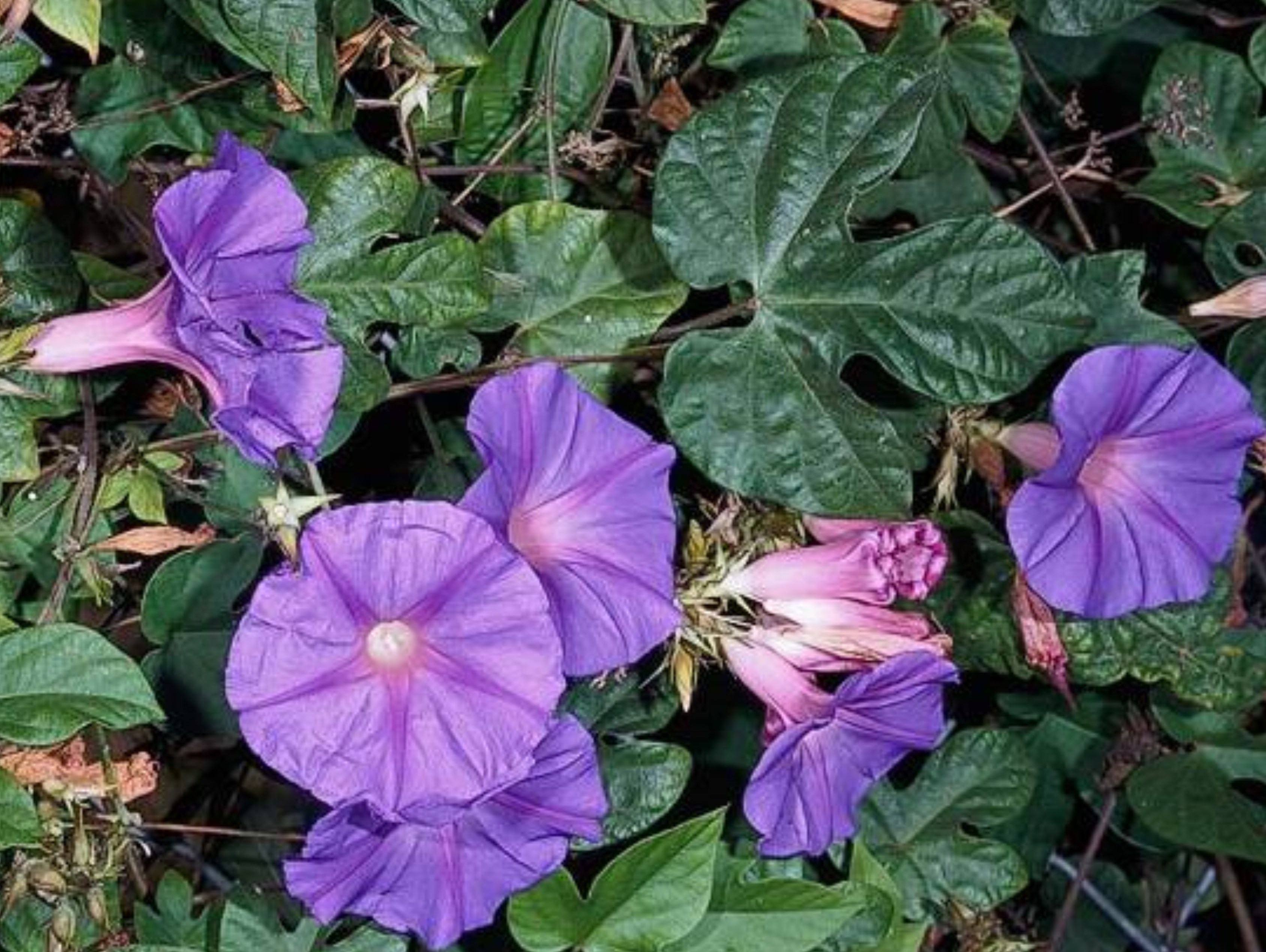Created on: Tuesday, Apr 12th, 2016
Reviewed by Elizabeth Brusati (edbrusatic@cal-ipc.org, Cal-IPC) and Tim Hyland (tim.hyland@parks.ca.gov, CA State Parks). Added a note to Q4; nothing else changes.
Websites consulted for this screen included:
Tropicos: http://www.tropicos.org/Name/8500780;
GBIF: no record for this species;
ARS GRIN: https://npgsweb.ars-grin.gov/gringlobal/taxonomydetail.aspx?311586;
USDA-NRCS PLANTS: http://plants.usda.gov/core/profile?symbol=IPIN;
eFloras: http://efloras.org/florataxon.aspx?flora_id=12&taxon_id=210000739; http://efloras.org/florataxon.aspx?flora_id=5&taxon_id=210000739; http://efloras.org/florataxon.aspx?flora_id=3&taxon_id=210000739;
Flora of Zimbabwe: http://www.zimbabweflora.co.zw/speciesdata/species.php?species_id=147760;
Queensland WRA: https://www.daf.qld.gov.au/__data/assets/pdf_file/0009/69174/IPA-Ipomoea-Indica-Risk-Assessment.pdf; https://www.business.qld.gov.au/industry/agriculture/species/non-declared-pests/weeds/blue-morning-glory;
USDA WRA (congener): https://www.aphis.usda.gov/plant_health/plant_pest_info/weeds/downloads/wra/Ipomoea-biflora.pdf;
Weeds of Australia: http://keyserver.lucidcentral.org/weeds/data/media/Html/ipomoea_indica.htm;
PIER: http://www.hear.org/pier/species/ipomoea_indica.htm;
Commercial Availability info: http://www.cnplx.info/nplx/species?taxon=Ipomoea+indica;
Jepson Manual: http://herbaria4.herb.berkeley.edu/eflora_display.php?tid=29055;
Wikipedia: https://en.wikipedia.org/wiki/Ipomoea_indica; https://en.wikipedia.org/wiki/Morning_glory
- < 13 : accept (low risk of invasiveness)
- 13 - 15 : evaluate further
- > 15 : reject (high risk of invasiveness)

